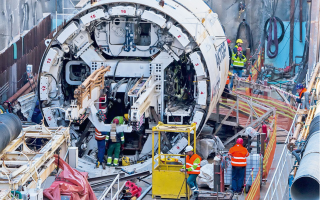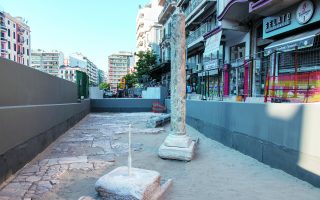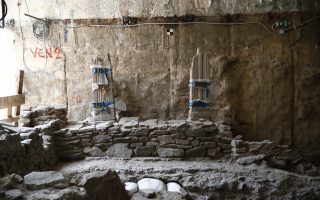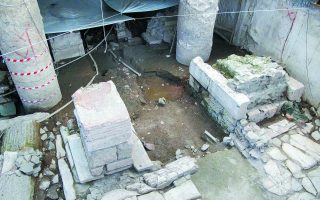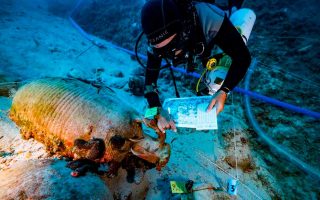Unanimous approval for the relocation of antiquities
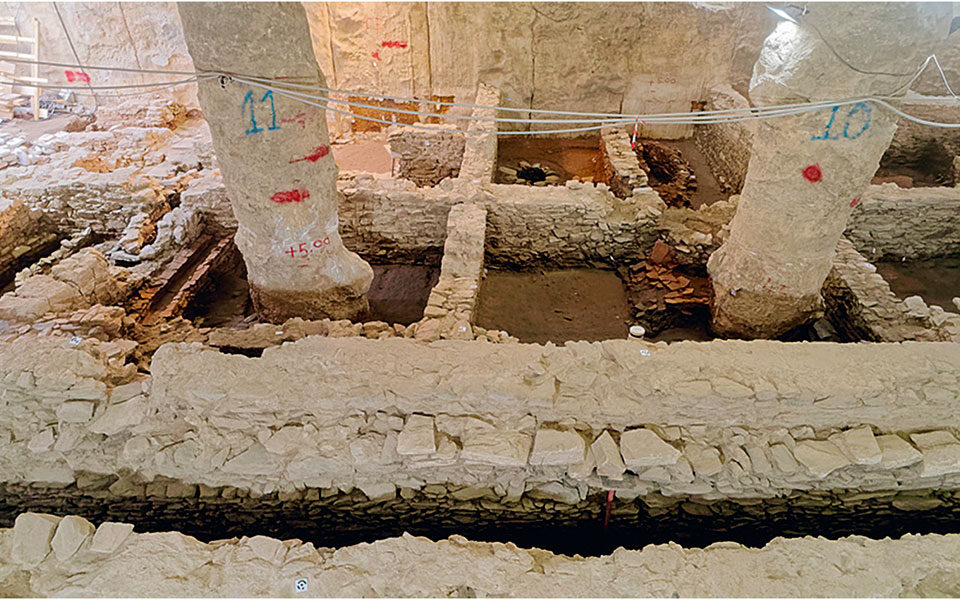
The removal and relocation of antiquities found in the second phase of excavations at the under-construction Venizelou metro station in Thessaloniki was given unanimously approval by the Central Archaeological Council (KAS) at a meeting earlier this week, following a joint presentation by the directorates for classical and Byzantine antiquities, the Directorate of Restoration of Ancient Monuments, and the Directorate for the Restoration of Byzantine and Post-Byzantine Monuments.
The new architectural remains at the station date from the 3rd to the 6th century AD, forming the context for the large number of movable antiquities already found at the site. The remains will either serve as the backdrop for the finds that have been temporarily removed, or highlighted the construction phases and historical continuity of Thessaloniki.
The new remains form part of the infrastructure on the level of the ancient Decumanus Maximus and the Cardo Maximus roads that intersect at the top of the modern-day Venizelou street, as well as a built feature on the southeast side of the crossroads. The Council also decided to detach a section of wall with its underlying substrates in order for it to be a stratigraphic sample, displayed inside Venizelou station.
This latest phase of the excavation has also yielded a large number of movable finds, such as coins and pottery from the late Roman (3rd century AD) and early Byzantine periods (4th-6th century AD), as well as glass, marble, iron, bronze and bone finds.
In a statement, Culture Minister Lina Mendoni stressed that the choices of the Ministry of Culture have been justified and based on the decisions of the courts, and noted that the metro project will be carried out “within the schedule” and with “absolute respect” for archaeological legislation and international conventions for the protection and preservation of the antiquities. “With this decision, the Central Archaeological Council allows for the temporary removal and relocation of 92% of the antiquities at the site,” completing, as the Minister stressed, the image of the city at the intersection of the main Decumanus Maximus and Cardo Maximus roads.
The study of the removal and relocation of the antiquities will be discussed again at the next meeting of the KAS. The archeological horizon at the site, however, has not been completed and archaeologists will continue the excavations, possibly reaching Roman and Hellenistic levels.
